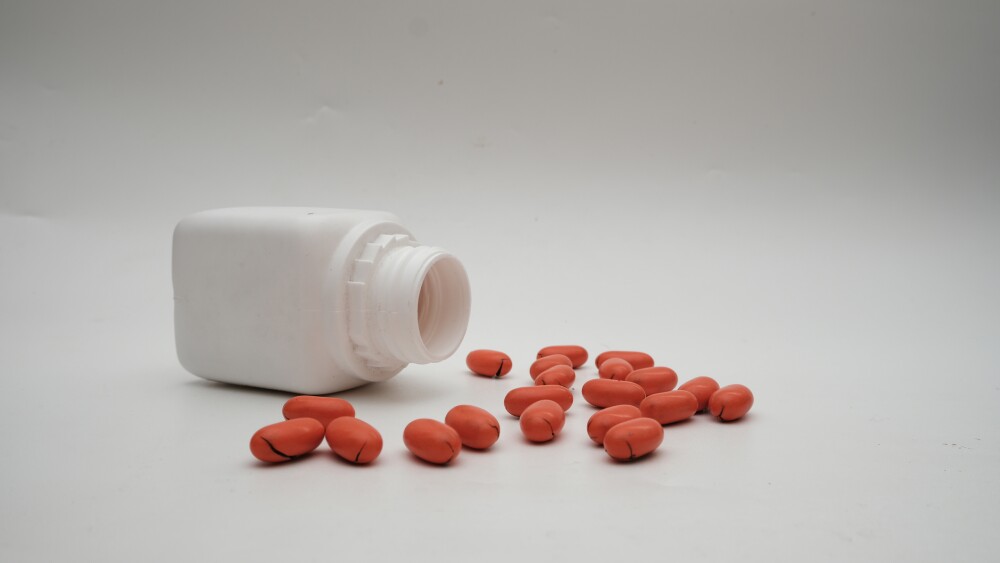Researchers from the Salk Institute took a major step forward in developing a new insulin-producing pancreatic cell cluster as a potential treatment for type 1 diabetes patients.
Researchers from the Salk Institute took a major step forward in developing a new insulin-producing pancreatic cell cluster as a potential treatment for type 1 diabetes patients.
The pancreatic cell clusters were developed with stem cell technology and were able to avoid detection by the immune system. That means the body did not reject these clusters which went on to control blood glucose without the use of immunosuppressive drugs once the clusters were injected into the body. Transplanting pancreatic beta islets, which are clusters of cells that produce insulin and other hormones into patients has been possible in the past, but it has required type 1 diabetes patients to take life-long immunosuppressing drugs. And those immune-suppressing medications carry health risks in the best of circumstances and are exacerbated during a global pandemic. Researchers have sought to find ways to improve this procedure and replenish those lost pancreatic cells in patients.
In a previous study conducted by the Salk Institute, stem-cell-derived beta-like cells produced insulin, but were not powerful enough to benefit patients. The cells did not release insulin in response to glucose production. A breakthrough came in the lab of Ronald Evans. His team discovered a genetic switch called ERR-gamma that when flipped, “turbo-charges” the cells, the institute explained in a statement.
Evans, senior author and holder of the March of Dimes Chair in Molecular and Developmental Biology, noted that most people who are type 1 diabetic are children and teenagers. Controlling type 1 diabetes is often difficult for these patients.
“This is a disease that is historically hard to manage with drugs. We hope that regenerative medicine in combination with immune shielding can make a real difference in the field by replacing damaged cells with lab-generated human islet-like cell clusters that produce normal amounts of insulin on demand,” Evans said in a statement.
To advance their research, the scientists had to develop a way to grow beta-like cells in a three-dimensional environment that is similar to the human pancreas. That provided the cells an islet-like property necessary for the procedure. Then, the team discovered a protein called WNT4 was able to turn on the ERR-gamma-driven maturation switch. When combined, this generated functional cell clusters that mimic human islets, otherwise known as human islet-like organoids (HILOs).
To prevent rejection by the body’s immune system, the team used checkpoint inhibitors to block expression of PD-L1. Eiji Yoshihara, one of the study’s authors, said by expressing PD-L1, which acts as an immune blocker, the transplanted organoids are able to hide from the immune system. Yoshihara then developed a method to induce PD-L1 in HILOs with short pulses of the protein interferon gamma. When transplanted into diabetic mice, these immune-evasive HILOs provided sustained blood glucose control in diabetic mice with healthy immune systems, the Salk Institute said in its announcement.
The data generated by the Salk Institute was published Monday in Nature. More research using animal models needs to be done before this system can be advanced to clinical trials.





